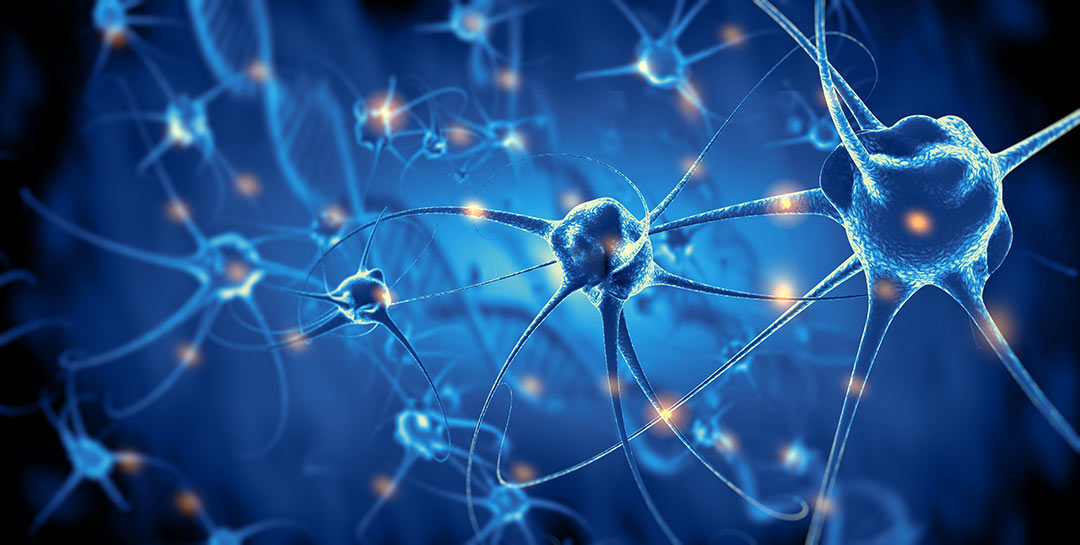
What Can Cause Sagging Breasts?
There are a number of factors that can cause sagging breasts. Pregnancy and breastfeeding, as well as age, are perhaps the two most common reasons. Other factors include dramatic fluctuations in weight and simple heredity. Breast sagging occurs when the skin loses elasticity over time. This often leads to stretch marks because the skin has become overstretched due to the weight of the breasts.
Breast Lift Procedure
There are three basic incision patterns used for a breast lift. The most simple, which is used in cases where it is mainly just the areola and nipple that need to be repositioned higher. An incision is made around the areola, and the areola and nipple are repositioned slightly higher on the breast.
In a lollipop incision pattern, one incision is made around the areola, and a second incision is made from the bottom of the areola vertically down to the inframammary crease (the point at which the lower part of the breast meets the chest wall). The underside of the breast is then pulled closer together as the nipple and areola are repositioned.
The third incision pattern is recommended when the nipple has fallen below the inframammary crease. In addition to the lollipop incision pattern, a third incision is made that follows the curve of the inframammary crease.
What Causes Nipple Sensation Loss?
In order to reposition the areola and nipple, Dr. Mark Deuber will make a series of incisions to move the nipple and areola as a single unit. However, as with any surgical procedure, there will be a certain amount of damage to the nerves leading to the areola and nipple. When these nerves are cut, this can lead to changes in nipple sensation. Over time, as the body heals, the nerves will re-establish new pathways and sensation should return.
Dr. Deuber has performed many successful breast lift procedures in his practice, and in almost all cases, any change in nipple sensation is temporary and will usually resolve within six to eight weeks following the breast lift procedure.
